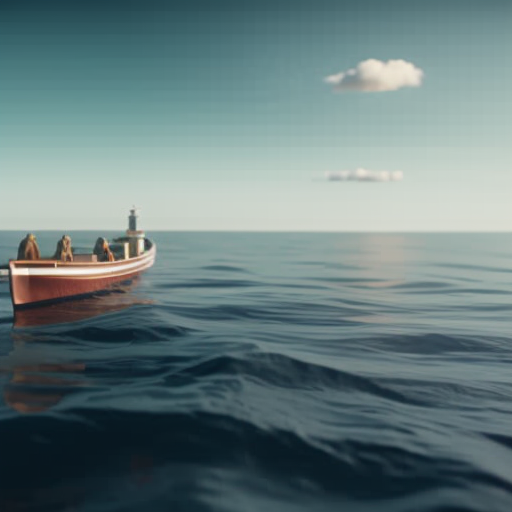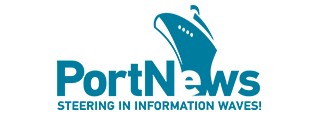
Total funding from the latest BSAP Fund call for proposals

The latest call for proposals for the Baltic Sea Action Plan Fund closed in February 2023, with a total of 16 applications received from four different countries. The proposed projects cover eight countries. About 60% of applications were sent from new partners, highlighting the relevance of the BSAP Fund among project candidates. Sweden’s latest contribution to the BSAP Fund will secure the continuation of these projects.
Projects supported by the BSAP Fund
- Forestry
- Nutrient discharge
- Hazardous substances
- Sea-based activities
The new projects focus on these areas, with six out of ten projects contributing positively to biodiversity.
Sweden’s contribution to the BSAP Fund
To continue improving the state of the Baltic Sea, Sweden has made a new contribution to the BSAP Fund of EUR 386,000 (SEK 4,500,000).
Current funding and impact of the BSAP Fund
With current pledge funding from Sweden and Finland of EUR 15 million, the BSAP Fund has financed a total of 73 projects at the end of 2023, with a disbursed amount of EUR 11.2 million. The leverage of the Fund is substantial: the total value of grants provided for completed projects represents about 26% of total project investments. Since its establishment, the Fund has been co-managed by Nefco and the Nordic Investment Bank.
Projects supported by the BSAP Fund
- Ekoskog (Sweden): Raising awareness of the benefits of ecoforestry among forest owners to reduce land-based nutrient input to the Baltic Sea. Establishing a certification scheme and promoting the use of an Ecoforestry label.
- Innofor Finland (cross-boundary project): Partnering with Swedish, Estonian, and Finnish forestry associations to establish a basis for scientifically backed sustainable forestry and develop National Forestry Standards.
- Flexens (Finland): Initiating a pilot site in preparation for testing oxygen injection into the Baltic Sea and investigating opportunities for green hydrogen production.
- Narva Vesi (Estonia): Preparing all the necessary documentation for the renovation of the Narva wastewater treatment plant.
- Scopus Sp. z o.o (Poland): Designing and implementing actions for avoiding litter discharge into the Baltic Sea with the use of PortBins, a trash trawl that collects waste from rivers using natural currents.
About the BSAP Fund
The Baltic Sea Action Plan Fund (the BSAP Fund) was set up in 2010 to help speed up the implementation of the HELCOM Baltic Sea Action Plan, which is a roadmap to improve the ecological state of the Baltic Sea, including concrete actions addressing biodiversity, eutrophication, hazardous substances, and sea-based activities. The key purpose of the BSAP Fund is to facilitate and speed up the preparation of bankable projects from both public and private entities.
SDGs, Targets, and Indicators
1. Which SDGs are addressed or connected to the issues highlighted in the article?
- SDG 14: Life Below Water – The article discusses projects that aim to improve the ecological state of the Baltic Sea, including actions addressing biodiversity, eutrophication, hazardous substances, and sea-based activities.
2. What specific targets under those SDGs can be identified based on the article’s content?
- Target 14.1: By 2025, prevent and significantly reduce marine pollution of all kinds, particularly from land-based activities, including marine debris and nutrient pollution.
- Target 14.2: By 2020, sustainably manage and protect marine and coastal ecosystems to avoid significant adverse impacts, including by strengthening their resilience, and take action for their restoration in order to achieve healthy and productive oceans.
3. Are there any indicators mentioned or implied in the article that can be used to measure progress towards the identified targets?
- Indicator 14.1.1: Index of coastal eutrophication and floating plastic debris density.
- Indicator 14.2.1: Proportion of national exclusive economic zones managed using ecosystem-based approaches.
Table: SDGs, Targets, and Indicators
| SDGs | Targets | Indicators |
|---|---|---|
| SDG 14: Life Below Water | Target 14.1: By 2025, prevent and significantly reduce marine pollution of all kinds, particularly from land-based activities, including marine debris and nutrient pollution. | Indicator 14.1.1: Index of coastal eutrophication and floating plastic debris density. |
| SDG 14: Life Below Water | Target 14.2: By 2020, sustainably manage and protect marine and coastal ecosystems to avoid significant adverse impacts, including by strengthening their resilience, and take action for their restoration in order to achieve healthy and productive oceans. | Indicator 14.2.1: Proportion of national exclusive economic zones managed using ecosystem-based approaches. |
Note: The article does not provide specific data or information related to the indicators mentioned. However, the projects mentioned in the article contribute to the overall objectives of the targets identified.
Behold! This splendid article springs forth from the wellspring of knowledge, shaped by a wondrous proprietary AI technology that delved into a vast ocean of data, illuminating the path towards the Sustainable Development Goals. Remember that all rights are reserved by SDG Investors LLC, empowering us to champion progress together.
Source: en.portnews.ru

Join us, as fellow seekers of change, on a transformative journey at https://sdgtalks.ai/welcome, where you can become a member and actively contribute to shaping a brighter future.






